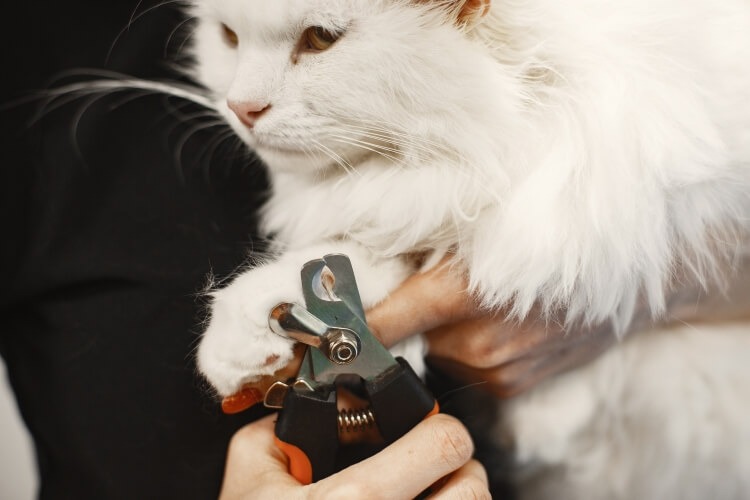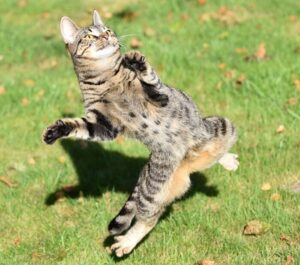Declawing is a subject that is appearing increasingly in the news. Many pet owners in North America, more specifically cat owners, routinely send their pets to the vet to get declawed. There are many reasons pet owners choose to do so, but the decision is becoming more and more controversial as time goes on.
Opponents of the surgery assert that declawing cats is inhumane, while supporters protest that it has saved their homes and furniture. In order to get to the bottom of this, we’re going to dive deep into the specifics of what it really means to get declawed and if it is really necessary to do so for your furry friend.
The history of declawing
The topic of declawing on pets has been controversial since its inception in the 1950s; although it didn’t become common practice in North American households until the 1970s. The idea of declawing cats was presented in a letter to the Journal of the American Veterinary Medical Association by a veterinarian from Chicago, Illinois.
While this letter was simply an idea and long-term effects were yet to be studied, declawing surgery (officially named onychectomy) took off. When studies were first done it was determined that cats were not in any long-term pain, making the surgery a seemingly perfect choice for cat owners. It wasn’t until recent studies in the 2000s that professionals discovered just how painful an onychectomy procedure is for cats.
What declawing really means
Scratching is not only a natural part of a cat’s territorial behaviors, but it is also an integral activity that helps them maintain good claw condition. The term declawing is actually a very misleading title for an onychectomy procedure.

From the name, one might think they are simply removing a cat’s claw but in reality, the surgery is removing a cat’s toes. According to the Humane Society of the United States, “Declawing is the amputation of the last bone of each toe. It would be like cutting off your fingers at the last knuckle.”
The long-term effects
Your feline friend’s claws are an important part of their natural everyday life. Cats use their claws for playing, stretching, and even defending themselves when necessary.
The long-term effects of getting your cat declawed include not only physical issues but possible behavioral issues as well. Declawing a cat can cause lifelong disability.
Physical
The American Association of Feline Practitioners (AAFP) argues that there are “…inherent risks and complications with declawing that increase with age such as acute pain, infection, nerve trauma…and chronic neuropathic pain.”
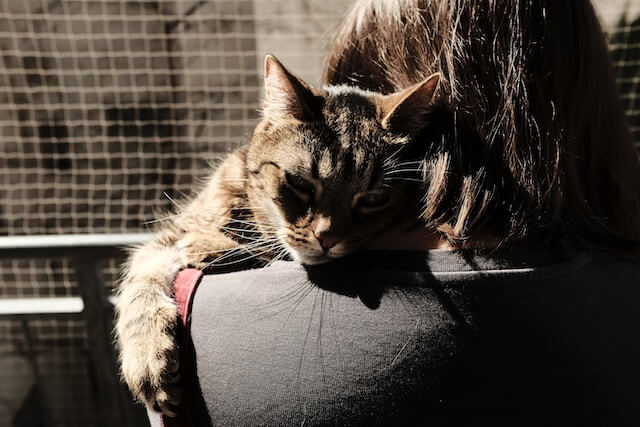
Behavioral
A study published in the Journal of Feline Medicine and Surgery found that declawing cats led to “A significant increase in the odds of developing adverse behaviors, including biting, barbering, aggression, and inappropriate elimination, as well as signs of back pain, among declawed cats.”
Alternatives to declawing your cat
Whether your concern is your cat scratching people or scratching furniture, the key to reducing unwanted behavior is training and positive reinforcement.
How to stop a cat from scratching people
If your main concern for your cat’s claws is due to them scratching people, consider seeking out a trainer or cat behaviorist for guidance. You may also contemplate talking to your veterinarian about behavioral medication intervention.
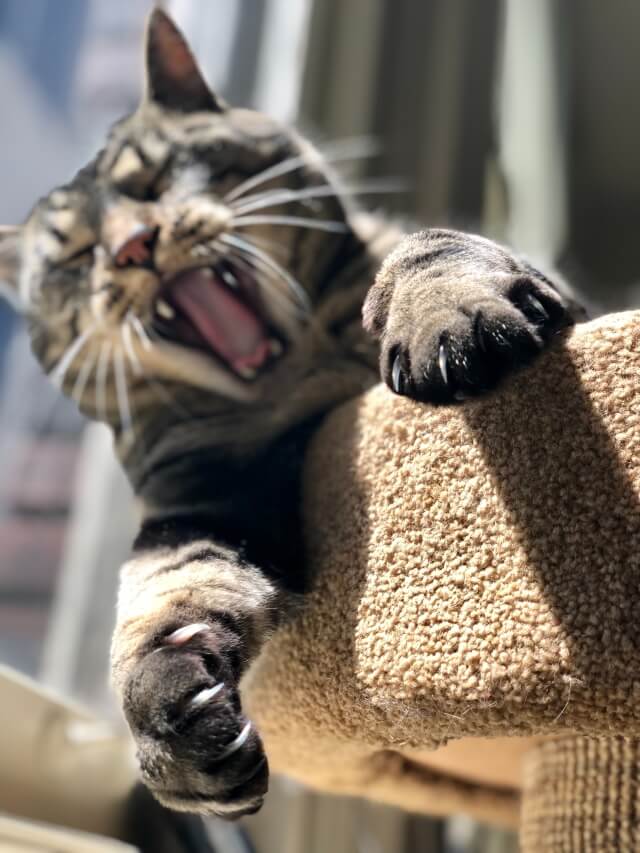
However, if you’d rather not go down the route of medication, your vet can assist in routine appointments to keep your cat’s claws trimmed or even apply soft plastic nail caps to their claws.
How to protect your furniture
Cats prefer to scratch tall and sturdy objects that allow them to get a good grip. In order to protect your furniture consider buying them their own scratching furniture. Different cats have different preferences regarding the types of materials to scratch and trial and error will help you figure out your own furry feline’s favorite.
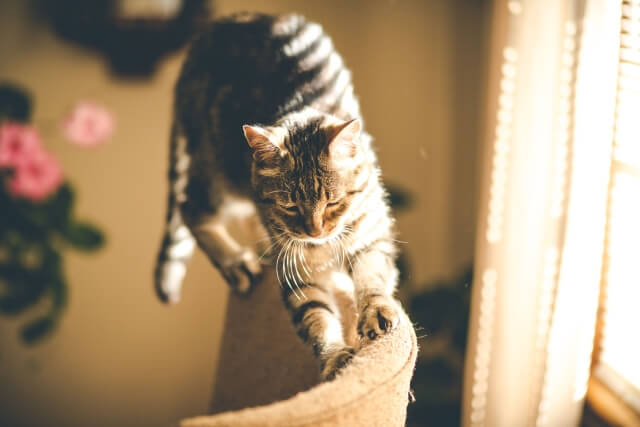
Some of the most popular materials are carpet, corrugated cardboard, wood, and twine. When seeing your cat use their scratching furniture, reward them with positive things such as treats or pets in order to reinforce the good behavior.
Additionally, there are calming sprays available that mimic a cat’s natural pheromones, which in turn dissuades them from wanting to “mark” furniture with their own scent.
Final thoughts
At least 42 countries around the world have made declawing illegal since its inception including Brazil, Australia, and a multitude of Europe. Eight out of ten Canadian provinces have made declawing illegal, while the US is making admittedly shorter developments with only 2 out of 50 states outlawing the procedure.
With so many countries declaring declawing as inhumane, in addition to the various studies asserting there are negative side effects for cats, it’s important to do your research before ever considering this procedure.

